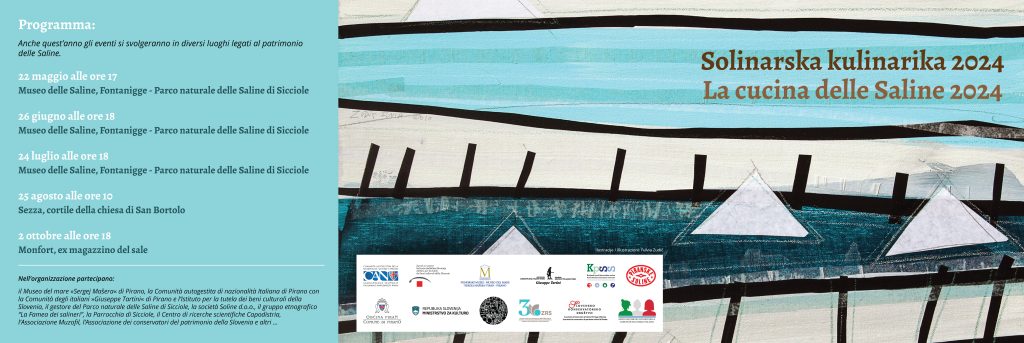Blaž Orehek, Head of Archaeological Excavations at NUK II, will offer guided tours every Tuesday in January and February, for the first time on 7 January 2025. The tours will take place alternately in the morning (at 11am) and in the afternoon (at 3pm), on Tuesday, 7 January at 11am. Registration at blaz.orehek@zvkds.si.

guided tours of the archaeological site NUK II
About the site
Archaeological excavations in 2024 and 2025 are being carried out in areas of the planned construction of NUC II that have not been or only partially excavated in the past. The site was first excavated by Walter Schmid in 1912, and subsequently, until the 1990s, it was the site of a series of small-scale individual excavations during the renovation of roadways and utilities. In 1990, under the direction of Ljudmila Plesničar Gec, the first archaeological investigations were carried out in preparation for the construction of the new National and University Library, which continued between 1996 and 1999. In 2008, under the direction of Dr Andrej Gaspari, the remaining remains in the accessible areas planned for the construction of the NUC II were investigated. The remaining areas, which for various reasons were not accessible in 2008, will be investigated as part of the current investigations and just prior to the construction itself.
The current archaeological excavations are taking place on the northern edge of the planned NUC II construction area and cover an area of approximately 550 m². We will investigate a small part of the chardo and parts of the insul XXVII and XLVI, which were joined together in the 4th century to form a single complex, presumably in public use.
During the first months of the archaeological excavations, a previously unexplored part of the car park was excavated in the north-west corner of the car park. We documented the foundations of the new-medieval buildings and the remains of the external layout, and beneath them the remains of the medieval use of the area, with cultivated soil in which pits and ditches of various uses had been dug. Some of the ditches are the result of the excavation of stones from the Roman walls, which were used as building material in the construction of the medieval town. The youngest Roman remains on this part of the site are represented by an 80 m² area of screed, above which we documented the ruins of a ruined hypocaust, built of slabs and sandstone pillars. In the rooms to the west, we found smaller rooms with different uses. A room with an additional wall functioned as a food preparation oven and as a heating source for a smaller room next to it, in which we found very modest remains of a hypocaust with brick pillars. In the ruin above the remains of the hypocaust, there were a large number of fragments of frescoes, as well as hollow bricks (Lat. tubules), which were used as wall cladding for space heating. A special discovery is the small pool (Lat. piscina), which is almost a metre deep in older Roman deposits. The pool has semicircular ends on two sides, is lined with hydrophobic mortar and sealed with clay. A lead pipe runs through the south side at the bottom of the pool, which was a drain. Unfortunately, the stone lining of the pool has probably not survived.
In the coming months of archaeological excavations, we will continue to investigate the older Roman deposits, and we have also started excavations in the area along Rimska 1 and 3.
NUK II area
The site of the new National and University Library (NUL II) is located within the walls of the Roman city of Emona, not far from the eastern gate of the city (lat. porta praetoria), which stood in the area of Place de la Révolution française. In the immediate vicinity is the intersection of the city's two main streets, which roughly followed the route of today's Slovenska (lat. cardo maximus) and Roman Road (lat. decumanus maximusThe archaeological site of NUC II comprises the corners of insul XIII, XVII, XLVI and XXVII and the intersection of the decumanus and the chard, and stands out for the exceptionally good preservation of the entire complex, with the good preservation of some structures (the solidity of the foundations and the height of the preserved walls up to 3 m, the flooring and the wall paintings) and the richness of the interior furnishings being worthy of note. The presence of well-preserved elements of the communal facilities, such as the cloaca on the decumanus and the public fountain in the karda area, add to the significance of the area. The example of NUC II shows the rise in living standards in the 4th century, which influenced the change of use of the individual isles and the urban development of the city itself. The size of the area surveyed provides a good insight into the layout of Emona, designed in the ancient Mediterranean form of an orthogonal scheme, urbs quadrata (intersection with the corners of the insul), and allows historical changes within the insul to be tracked. The preservation of such an urban layout is not only rare in Slovenia, but also in the whole territory of the former Roman Empire.
In the Middle Ages, most of the area south of today's Roman Road was owned by the Teutonic Knights and remained largely undeveloped until the mid-19th century. Here, fields and gardens spread. It is the undeveloped nature of much of the area that makes NUK II one of the best preserved Emona settings. Before the excavation, the only damage to the Roman structures were the foundations of the modern buildings and wells, and the Gradišče area in particular can be said to have been influenced by the ancient urbanisation of the later 15th- and later 19th-century settlements. The basic layout followed the Roman layout, but some elements were reused, such as the cloaca, which was still in use at the end of the 19th century.














